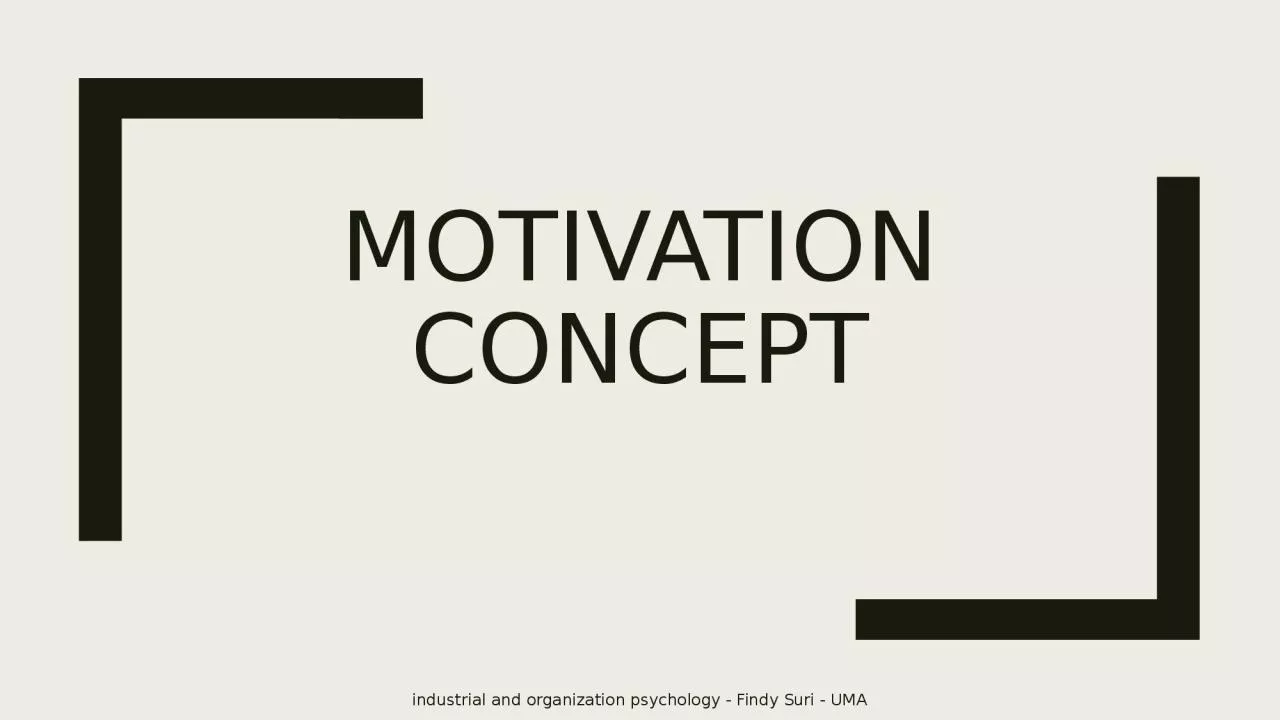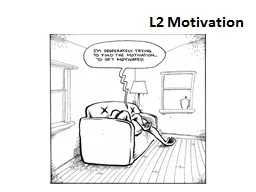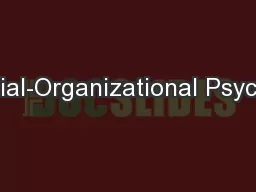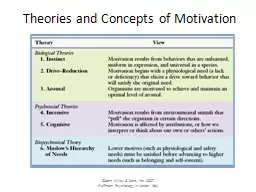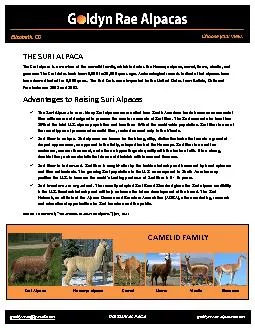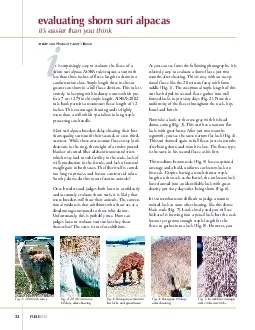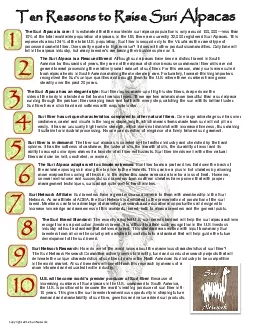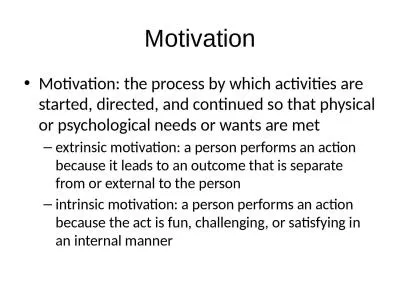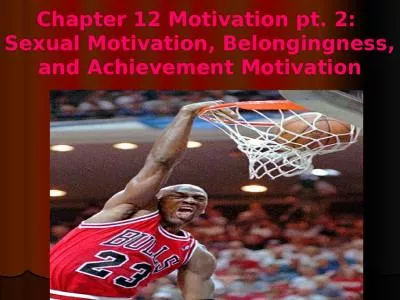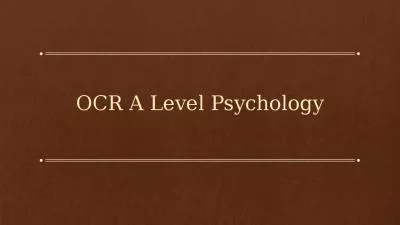PPT-Motivation concept industrial and organization psychology - Findy Suri - UMA
Author : LetsGetDrunk | Published Date : 2022-08-03
Defining Motivation Key Elements Intensity how hard a person tries Direction toward beneficial goal Persistence how long a person tries industrial and organization
Presentation Embed Code
Download Presentation
Download Presentation The PPT/PDF document "Motivation concept industrial and organi..." is the property of its rightful owner. Permission is granted to download and print the materials on this website for personal, non-commercial use only, and to display it on your personal computer provided you do not modify the materials and that you retain all copyright notices contained in the materials. By downloading content from our website, you accept the terms of this agreement.
Motivation concept industrial and organization psychology - Findy Suri - UMA: Transcript
Download Rules Of Document
"Motivation concept industrial and organization psychology - Findy Suri - UMA"The content belongs to its owner. You may download and print it for personal use, without modification, and keep all copyright notices. By downloading, you agree to these terms.
Related Documents

